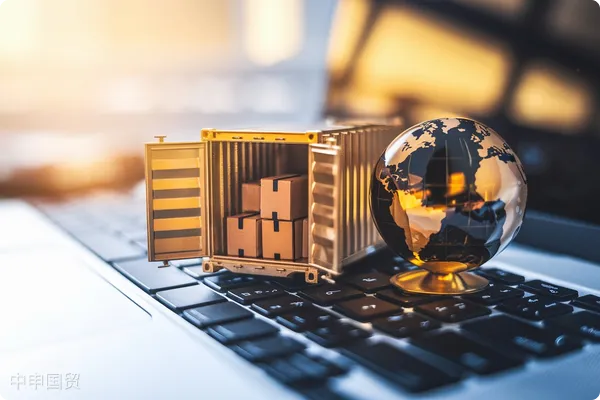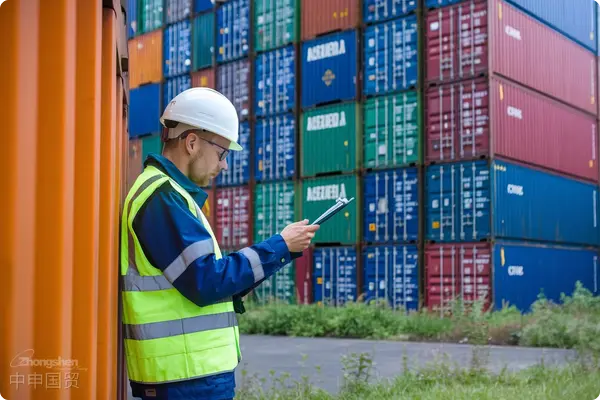- Shanghai Zhongshen International Trade Co., Ltd. - Two decades of trade agency expertise.
- Service Hotline: 139 1787 2118

In mid-December 2024, the U.S. Department of Commerce announced tariffs on imports from Cambodia, Malaysia, Thailand, and Vietnam,solarranging from 21.31% to 271.2%, depending on the manufacturers specific circumstances. This move has introduced new uncertainties for Chinese companies already operating or planning to expand into Southeast Asia, forcing them to accelerate the development of countermeasures.
In fact, against the backdrop of increasingly complex and volatile geopolitical and economic conditions in recent years, many Chinese companies have already established or are considering setting up factories or offices in Southeast Asia to mitigate risks arising from U.S. trade restrictions on China. Some companies are proactively expanding into overseas markets, while others are passively following their clients or suppliers. Such relocation trends are often driven by international political and economic dynamics, such as the escalation of trade frictions during the Trump administration and the Biden administrations continuation of most tariffs and technology restrictions, which have spurred further adjustments in global supply chains.
ASEAN has increasingly become a hotspot for global foreign investment. The 2024 ASEAN Investment Report shows that foreign direct investment (FDI) inflows into ASEAN reached a record $230 billion in 2023, accounting for 17% of global FDI inflows and ranking first among developing regions. The U.S. contributed the largest share, representing about one-third of the total, followed by Japan and China. Manufacturing remains the most attractive sector in ASEAN, followed by real estate and energy. However, while companies are turning their attention to Southeast Asia, they must also confront numerous practical challenges.
Under international trade rules, the determination of a products origin directly affects tariff treatment and market access eligibility. Typically, the country where the last substantial transformation occurs is considered the origin. However, the specific criteria for substantial transformation depend not only on WTO principles but also on the details of bilateral or multilateral free trade agreements (FTAs). Since most Southeast Asian countries have not signed FTAs with the U.S., products exported to the U.S. may only be subject to U.S. Customs origin rules. U.S. Customs has rigorous and complex review procedures for different industries and companies. While businesses can apply for an Advance Ruling to determine origin, discrepancies between the final ruling and the companys expectations are not uncommon due to varying interpretations by officials or policy changes. Additionally, due to staffing and procedural constraints, U.S. Customs response times are lengthening, and unfavorable rulings or policy adjustments could jeopardize a companys prior investments.
In terms of overseas investment management, many companies frequently encounter pitfalls due to inadequate due diligence and long-term planning. Compared to large state-owned enterprises or multinational corporations, small and medium-sized private enterprises often lack sufficient risk awareness and systematic consideration of local regulations, tax incentives, corporate structures, and talent recruitment. Sometimes, entrepreneurs decide on locations after just one or two business trips without fully assessing local infrastructure or potential compliance risks. Going global is like starting a second business. The cultural, religious, and political differences among Southeast Asian countries, as well as varying tax incentives and government support programs, mean that blindly replicating domestic models often leads to failure.
In Southeast Asia, certain special industrial zones offer preferential or duty-free policies. If a company chooses an inappropriate location during registration, it may miss out on tax benefits or importExport Drawbackconveniences. Many companies also overlook strict regulations in major consumer markets like the U.S. and EU regarding origin or supply chain transparency. Once production or export volumes reach a certain scale, local and foreign customs become more sensitive to substantial transformation determinations, potentially subjecting companies to audits or unforeseen penalties or additional tariffs.
Overseas companies must also address management and human resource bottlenecks. Experienced international management teams are in short supply, particularly those with expertise in foreign laws, tax policies, and cultural integration. If dispatched managers lack cross-border experience, they may misjudge local conditions, leading to financial losses or supply chain disruptions. Additionally, overseas mergers, acquisitions, or greenfield investments require careful evaluation of capital structures, anti-money laundering compliance, and tax planning. In trade, political risks, compliance environments, and public safety levels vary by country, and mid-term operational conditions can fluctuate significantly. Companies must adopt a steady approach and avoid hasty decisions based on short-term trends. Over-reliance on a single market or production location is unsustainable, and diversified supply chain configurations are becoming the norm.
Regardless, when facing tariff threats from Trump or similar trade pressures, companies must adopt strategic thinking and a global perspective. The interplay of trade barriers and geopolitical dynamics has created complex and real challenges. While Southeast Asia has attracted massive investments, it also harbors policy and cultural risks. Companies that conduct thorough research, build professional management teams, deeply understand origin rules and local incentives, and rationally allocate production and supply chain nodes will have a greater chance of seizing market opportunities amid global economic shifts.
Related Recommendations
? 2025. All Rights Reserved. 滬ICP備2023007705號-2  PSB Record: Shanghai No.31011502009912
PSB Record: Shanghai No.31011502009912









